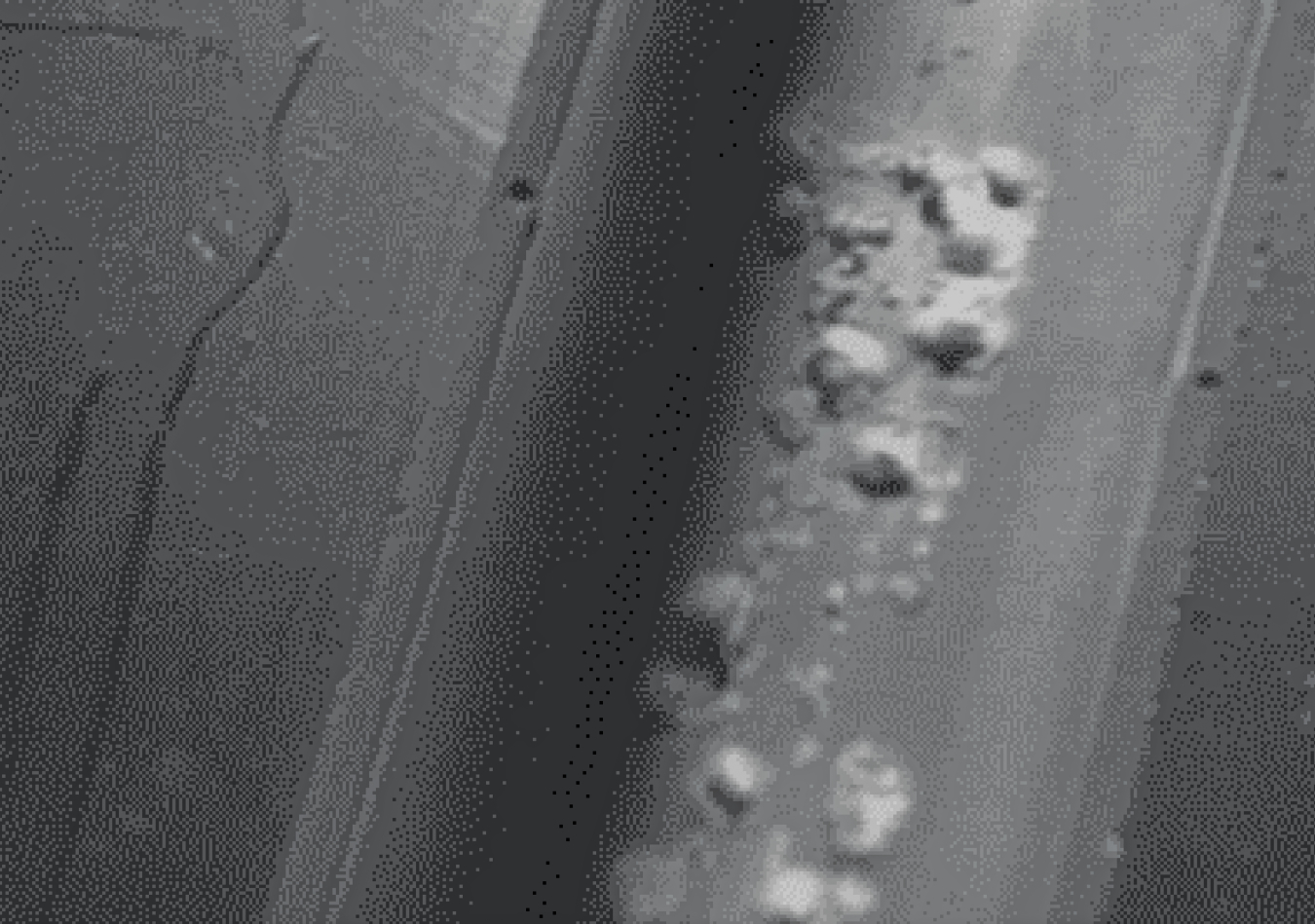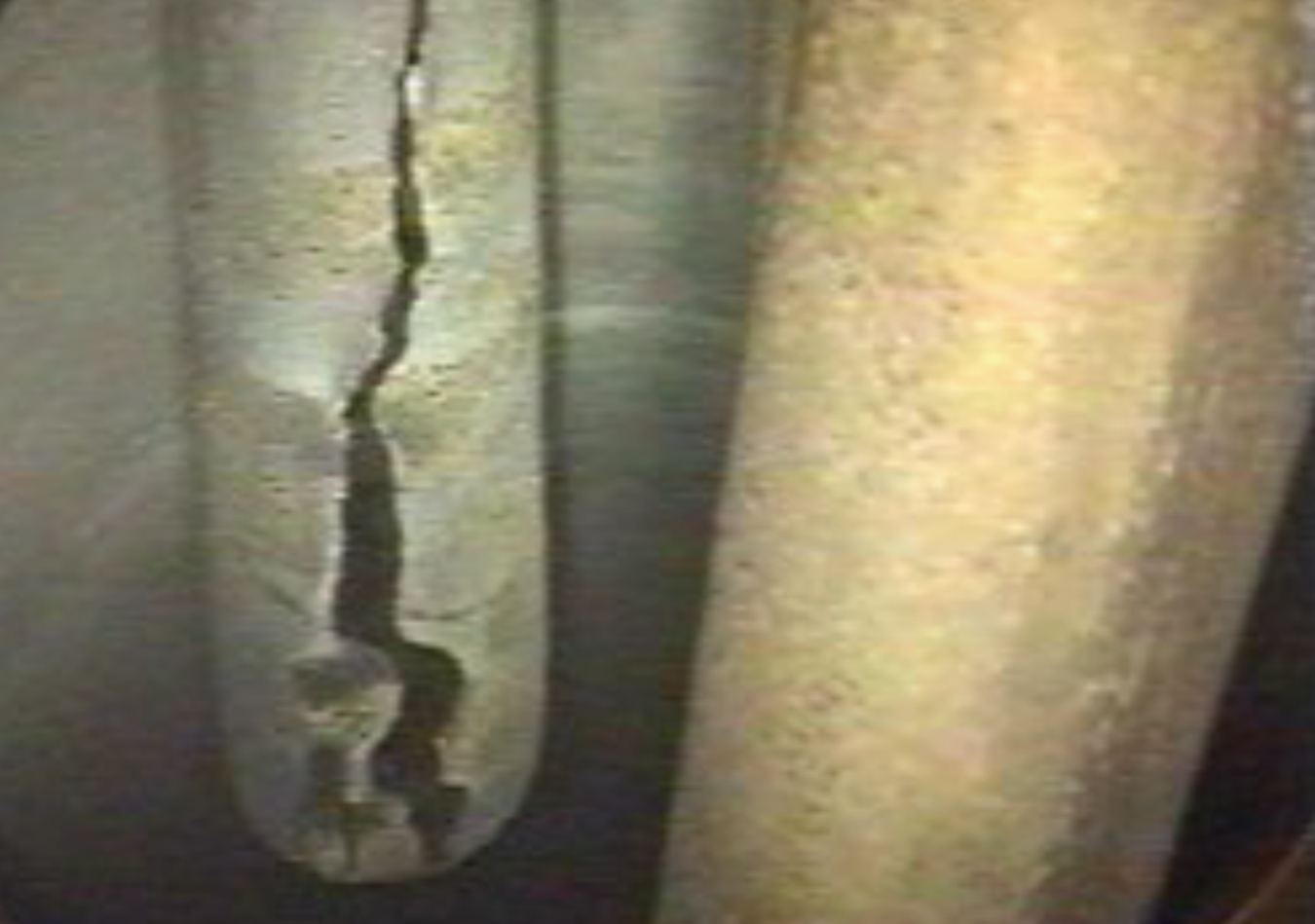EM is responsible for managing a large inventory of nuclear materials at sites and facilities around the U.S (e.g., approximately 2450 metric tons of heavy metal of spent nuclear fuel (SNF) and additional radionuclides in various forms, which are stored in various types of containers). The DOE SNF inventory includes assemblies of aluminum-clad spent nuclear fuel (ASNF) and non-aluminum-clad SNF, assemblies from research reactor fuel, and other unique fuel types not used in commercial reactors (e.g. sodium-bonded fuel). Continued safe storage of SNF must be provided over extended periods of time (>50 years) pending ultimate disposition.
The inventory of both SNF and nuclear materials for which EM is responsible will continue to grow for decades to come. This large and diverse inventory of nuclear materials presents a broad range of technical challenges, often requiring development of unique technical solutions.
The table below shows some of the technical challenges EM is addressing through its nuclear materials TD program.
| Risk/Uncertainty | Potential Technology Solution(s) |
|---|---|
| Extended (>50 years) long-term storage of SNF | Assess risks of extended dry storage through evaluation of long-term SNF performance, experiments, modeling and simulation, and SNF monitoring |
| Meeting repository fuel acceptance criteria | Development of conditioning and treatment processes for sodium-bonded SNF |
| High costs of aging SNF processing facilities | Evaluate alternative SNF processing technologies and direct disposal options |


TD Program - Accomplishments
The TD research to date has resulted in a long list of accomplishments:
- Development of a technical basis for extended dry storage of ASNF. Idaho National Laboratory - INL/EXT-21-65214, “Technical Basis for Extended Dry Storage of Aluminum-Clad Spent Nuclear Fuel”, 12/2021;
- Performance of first-of-a-kind hydrogen generation experiments with ASNF and spent fuel surrogate material;
- Extensive examination work of actual ASNF to evaluate corrosion potential and performance during extended periods of wet and dry storage;
- Development of novel modeling and simulation capabilities to evaluate the safety and viability of extended dry storage of ASNF;
- Development of novel instrumentation technology concepts to conduct periodic atmospheric sampling from sealed and vented research reactor SNF dry storage canister systems;
- Evaluation of sodium-bonded SNF treatment options;
- Risk and uncertainty reduction for a road-ready dry storage path for DOE-managed SNF through extensive data analysis;
- Development of remote welding technology to seal a standardized canister system (i.e., the DOE Standard Canister) after loading them with SNF;
- Evaluation of radiation induced phenomena under extended dry storage conditions essential for the development of predictive models to strengthen the technical basis for the safe extended dry storage of ANSF;
- Publication of research findings in scholarly journals and at scholarly conferences, and providing support to the development of theses.
TD Program – Ongoing and Future work
There is additional TD work ongoing regarding:
- Expansion and deployment of a novel radiolytic hydrogen generation database to develop state-of-the-art models for extended dry storage of ASNF;
- Development of improved ASNF drying protocols;
- Achieve a deployment-ready monitoring technology status for vented and sealed ASNF dry storage systems;
- Development of sodium-bonded SNF treatment equipment and processes;
- Development of a conceptual High Flux Isotope Reactor loading and dry storage demonstration;
- Apply analysis capabilities to support DOE and other federal agency analysis and decision making;
- Development and performance of wireless transmission testing for remote canister closure system to enable ASNF dry storage monitoring;
- Development, evaluation and verification of remote weld canister closure systems;
- Evaluation of novel helical-guided ultrasonic wave technologies for application in DOE standard canister closure weld testing;
- Suitability determination of vitrification as a treatment option for the sodium-bonded blanket material.
The Idaho National Laboratory and the Savannah River National Laboratory have received high praise from both the International Atomic Energy Agency and the Nuclear Waste Technical Review Board for the work they have done to address the challenges of the back end of the fuel cycle and extended dry storage. EM gives credit to both National Laboratories for the above accomplishments.

